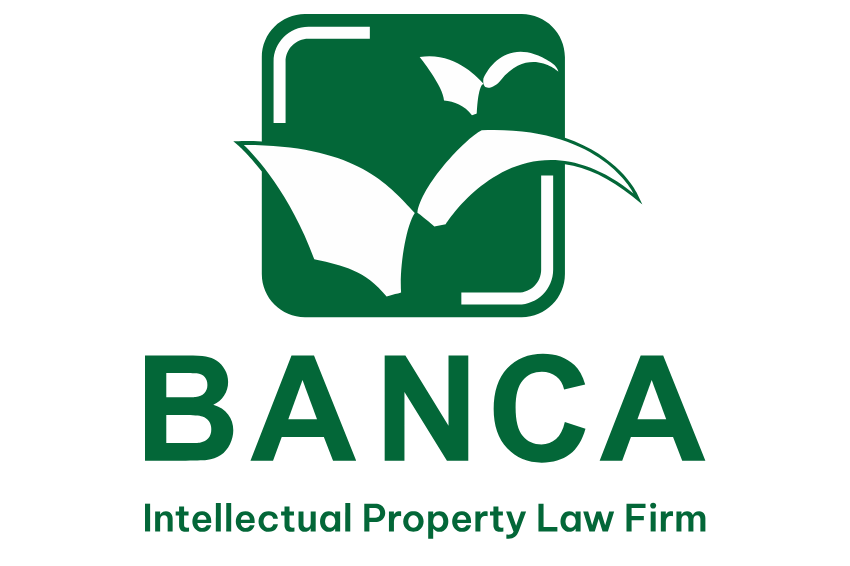
|
Decree 185/2013/ND-CP on sanctioning of administrative violations in commercial activities, production and sale of counterfeit goods, banned goods and protection of consumers’ interests
Definition of “Counterfeit goods”
|
The Law on Intellectual Property 2005 was amended and supplemented in 2009
Definition of “Counterfeit Trademark goods”
|
|
Article 3.8. “Counterfeit goods” include:
a) Goods without having valuable use or effects; having valuable use or effects but do not match with sources by nature, names of goods; having valuable use or effects which do not match with the registered or notified valuable use or effects;
b) Goods having determined contents of main substances or in nutrients or other basic technical characteristics which have only reached a level of 70% and lower in comparison with the quality criteria or technical standards have been registered or notified to apply or to print on labels or packing of goods;
c) Medicines preventing or treating people, domestic animals without pharmaceutical substances; or with pharmaceutical substances but do not match with the registered contents; or not sufficient the registered pharmaceutical substances; with other pharmaceutical substances which are different from the pharmaceutical substances stated on the labels or packing of the goods;
d) Insecticides without active elements; or contents of active elements of 70% and below in comparison with the registered or notified quality criteria or technical standards; or not sufficient the registered active elements; or with active elements which are different with those stated on labels or packing of the goods;
e) Goods with labels or packing which have forged names or addresses of other entrepreneurs; trade names or product names; circulation registration codes, bar codes or the goods packing of other entrepreneurs;
e) Goods with labels or packing faking indications on origin or place of manufacturing, packing, assembling goods;
g) Goods have been forged in term of intellectual property rights as provided for by Article 213 of the 2005 Law on Intellectual Property Rights;
h) Forged stamps, labels or packing.
|
Article 213. Intellectual property counterfeit goods
1. Intellectual property counterfeit goods regulated in this Law comprise goods bearing counterfeit marks and goods bearing counterfeit geographical indications (hereinafter referred to as counterfeit mark goods) defined in clause 2 of this article and pirated goods defined in clause 3 of this article.
2. Counterfeit mark goods means goods or their packages bearing a mark or sign which is identical with or indistinguishable from a mark or geographical indication currently protected for those very goods, without permission from the mark owner or organization managing the geographical indication.
3. Pirated goods means copies made without permission from the copyright holder or related right holder.
|
If you need any helps, please feel free to contact us. We will get back to you with 1 business day. Or if in hurry, just call us now.
Call : +84 93 893 1313
mailbox@bancavip.com Mon – Fri 08:30-18:00 (GTM+7)
